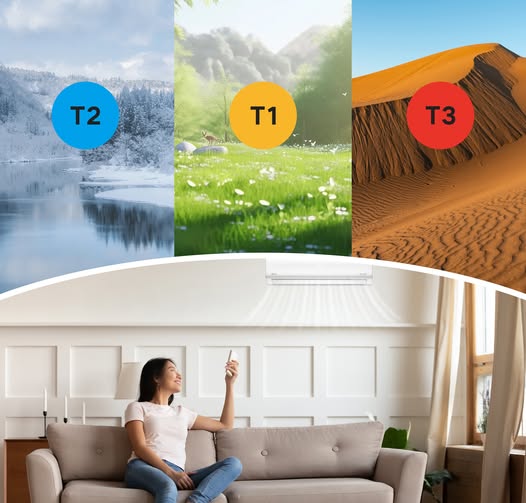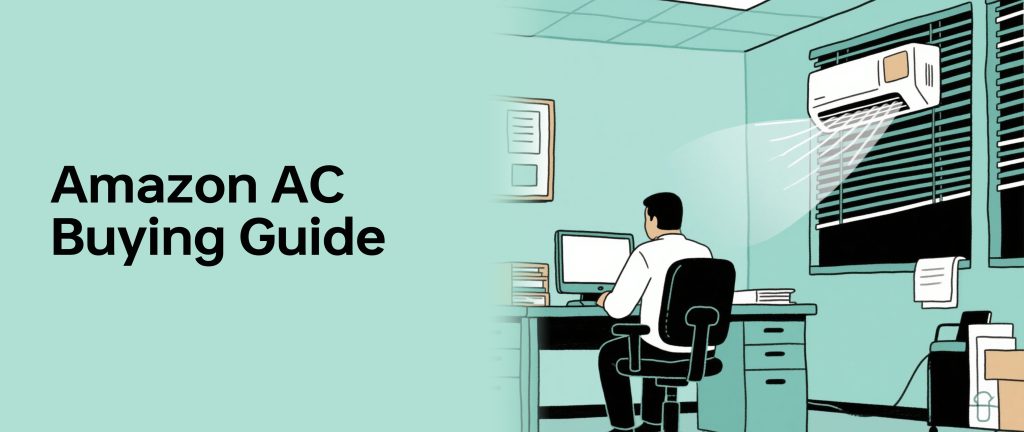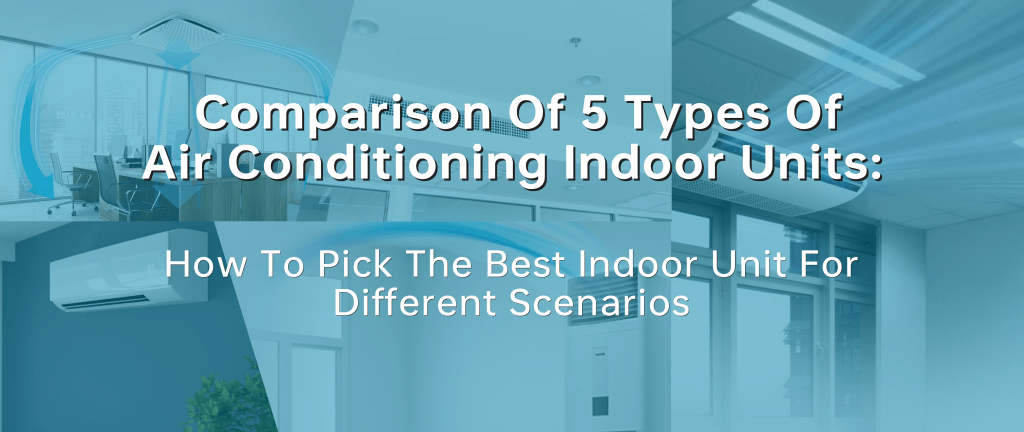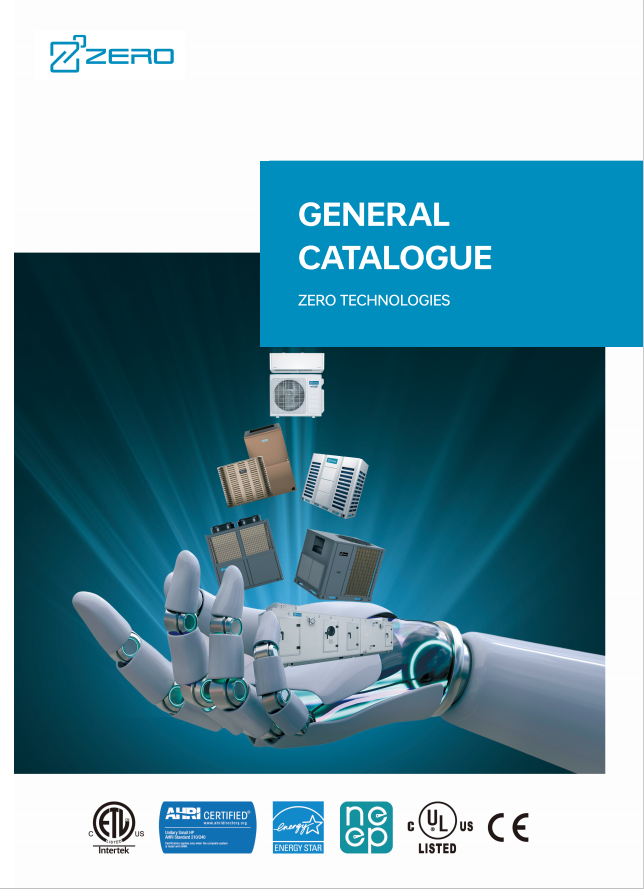When it comes to HVAC, efficiency and reliability depend not only on the brand or model you choose, but also on whether the equipment is designed for the climate in which it is used. This is the significance of the existence of climate classes such as T1, T2 and T3. Each level represents the ambient temperature range in which the equipment can operate properly. However, many buyers and even contractors often ignore this factor, leading to improper selection of systems, which eventually leads to performance problems and high costs.

The true meaning of T1 level
T1 is the most common climate grade in HVAC equipment. They are designed for operation at ambient temperatures ranging from 18°C to 43°C. In other words, they apply to the summer warm but not extremely hot temperate regions. T1 units provide consistent cooling and heating at a reasonable cost for most residential, office and commercial spaces in Europe or parts of North America.
Due to the large volume of T1 units, they are generally more affordable and easier to procure than higher-level units. Installation and maintenance are also relatively simple, making T1 an ideal choice for standard projects where environmental conditions are not demanding.
The limitations of T1
The problem arises when the T1 device is used outside its designed scope. In parts of the Middle East, Southeast Asia or Latin America, temperatures often soar above 35°C. In this environment, the T1 system is forced to operate at an overload.
Decreased efficiency: Compressors and condensers are difficult to effectively dissipate heat in extreme weather, resulting in poor indoor cooling.
Increased energy consumption: units often need to operate at full capacity for a long time to maintain demand, and the electricity bill rises significantly.
Increased wear of components: compressors, fans, electronic control boards and other components bear pressures beyond the design range and are more prone to failure.
Decreased comfort: uneven indoor temperature, high humidity, overall decreased comfort, contrary to the original intention of installing HVAC.
Over time, these problems can lead to shorter equipment lives and higher overall costs, even if the initial investment seems economical.
Alternative options: T2 and T3
T2 (subtemperate type) : suitable for 10°C to 35°C environments, not much application, but still valuable in colder regions in winter.
T3 (Tropical) : Designed for use in hot areas, stable operation from 21°C to 52°C. For desert regions or countries with long, hot summers, the T3 device is the only safe and sustainable option.
While T3 systems typically cost more than T1, they can achieve long-term savings in high temperature environments through stable performance, less maintenance, and greater energy efficiency. For developers, hotel operators or industrial facilities in hot areas, choosing T3 is not an upgrade, but a necessity.
T1 / T2 / T3 Comparison (HVAC Working Conditions)
| Aspect | T1 – Temperate Climate | T2 – Cool Climate | T3 – Hot Climate |
|---|---|---|---|
| Typical Ambient Temperature Range | 18°C to 43°C | 10°C to 35°C | 21°C to 52°C |
| Typical Climate Zone | Moderate regions (Europe, USA, East Asia) | Cold regions (Russia, Canada, Northern Europe) | Hot regions (Middle East, Africa, Southeast Asia) |
| Design Focus | Balanced performance for moderate climates | Reliable operation in low outdoor temperatures | Stable cooling in extreme heat conditions |
| Compressor / Components | Standard compressor and design | Low-temp start capability, crankcase heater, optimized refrigerant charge | High-temp resistant compressor oil, larger condenser, reinforced cooling parts |
How to make the right choice
So, is T1 sufficient? The answer depends entirely on using the environment. T1 systems are efficient, reliable and cost-effective for projects in temperate climates. But in hot regions, relying on T1 is a common mistake that leads to inefficiencies, high costs, and user dissatisfaction. Matching the climate rating of the equipment to the local environment is as important as the correct selection or selection of the right brand.
ZERO’s solution
At ZERO, we are well aware that each project has different requirements. As a result, our portfolio covers a complete HVAC solution – from T1 systems for temperate regions to robust T3 systems for tropical and desert climates. Our engineers evaluate the location, usage needs and long-term goals of the project and recommend the most appropriate solution to ensure that the system not only performs well on day one, but also remains comfortable, reliable and efficient for years to come.
By considering climate ratings from the beginning of projects, we help our partners avoid costly missteps and ensure that HVAC investments truly deliver the desired performance. The comfort of a building, after all, depends largely on the systems behind it.





